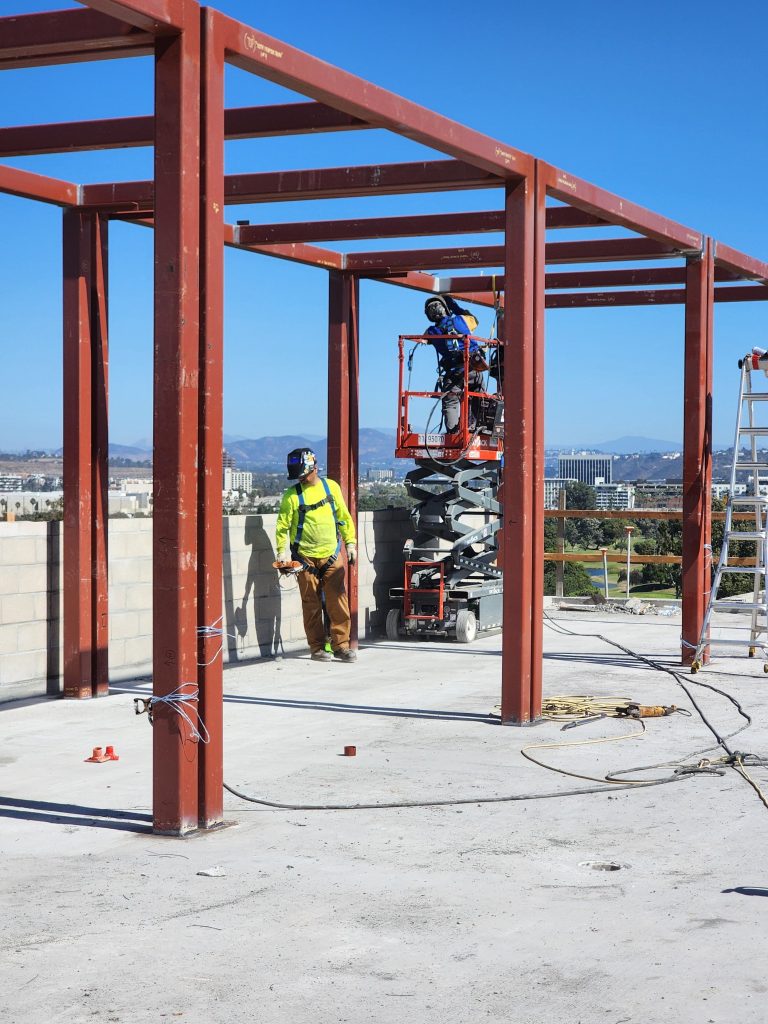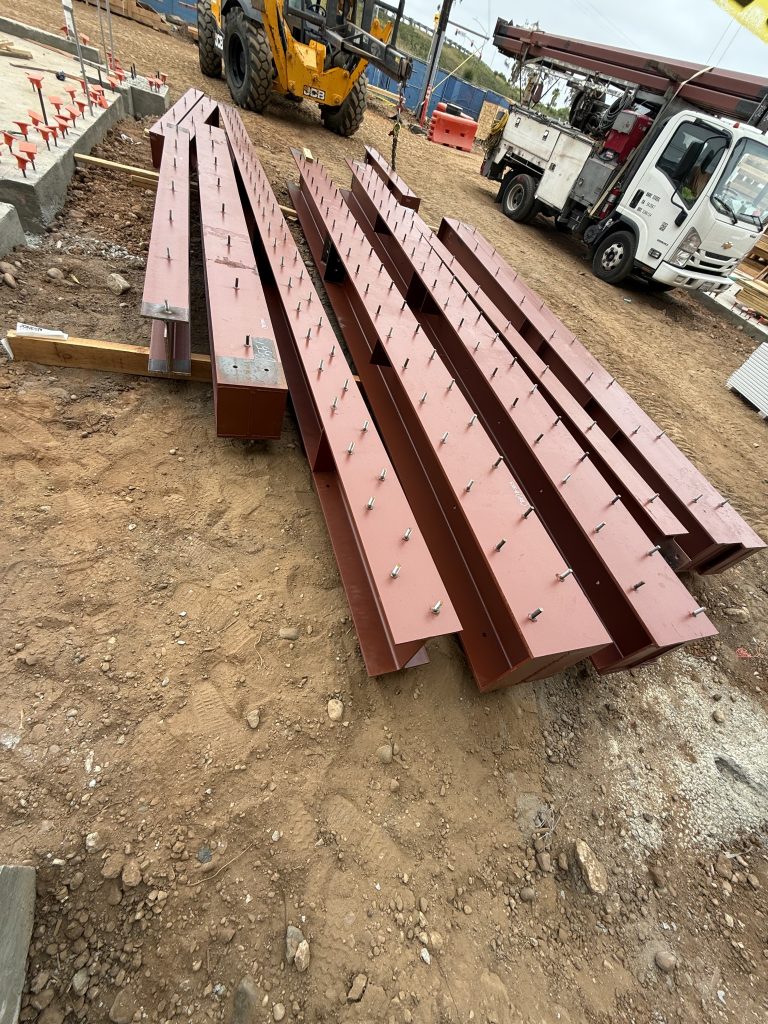Structural Beam
What is a Structural Beam?
A structural beam is a core element in construction and engineering, designed to resist loads applied laterally to its axis. Unlike columns, which carry loads vertically, beams handle forces that act perpendicular to their length, making them essential for distributing weight across a structure.
Key Functions of Structural Beams:
Load-Bearing Support:
Beams carry the weight of floors, roofs, ceilings, and walls.
Load Distribution:
They transfer weight to structural supports such as columns, walls, or foundations.
Structural Stability:
Beams help maintain balance and prevent structural failure by efficiently transferring loads to supporting elements.
Spanning Openings:
Beams make open spaces possible by bridging gaps for doors, windows, and wide rooms.How Beams Work:
Bending Resistance:
Beams resist loads primarily through bending. As weight is applied, internal bending moments and shear forces are generated, which the beam is engineered to withstand.
Load Transfer:
Once the load is applied, beams channel the force to columns, walls, or girders—eventually down to the foundation and the ground.Common Materials Used for Beams:
Wood:
Frequently used in residential construction for floor joists and roof framing.
Steel:
Known for its high strength and versatility, often used in commercial buildings, bridges, and industrial structures.
Reinforced Concrete:
Combines concrete and steel reinforcement for heavy-load applications such as foundations and infrastructure.
Composite Materials:
Blends materials like steel and concrete to maximize strength and performance for specific structural needs.Summary:
Structural beams are critical components in a building’s framework. They provide support, manage load transfer, and ensure structural integrity—making them essential to the strength, safety, and design of any construction project.



